I am trying to design a simple FMCW radar for the ideal case. Below are steps I planned.
- Transmit signal, Tx = cos(T)
- receive signal, Rx = cos(R)
- Mix transmitted signal and received signal, Sx1 = cos(T) * cos(R) = 0.5 * {cos(T+R) * cos(T-R)}
- Apply Low Pass filter, Sx2 = cos(T-R) (I won't consider 0.5 because what I need is phase and frequency)
- Apply FFT (Fast Fourier Transform) to get beat frequency to calculate range and velocity of the target.
In the process, I have a problem with step 5.
 After mixing the transmitted signal and received signal, LPF is applied to get only the difference of two frequencies. And then FFT is applied to extract beat frequency. However, in sawtooth chirp, there are two values. f_b (frequency difference in T_valid region) and B - f_b (frequency difference in t_d region. Assume B is bandwidth.). The value we need here is f_b. Since we don't know t_d yet, how do I apply FFT over T_valid?
After mixing the transmitted signal and received signal, LPF is applied to get only the difference of two frequencies. And then FFT is applied to extract beat frequency. However, in sawtooth chirp, there are two values. f_b (frequency difference in T_valid region) and B - f_b (frequency difference in t_d region. Assume B is bandwidth.). The value we need here is f_b. Since we don't know t_d yet, how do I apply FFT over T_valid?
 Similar question. I want to extract the up beat frequency and the down beat frequency. However, there are regions where beat frequency is not constant. I'll call this region T_invalid. If I include T_invalid region in FFT, I won't be able to get the constant value I need. How do I apply FFT over only the T_valid region?
Similar question. I want to extract the up beat frequency and the down beat frequency. However, there are regions where beat frequency is not constant. I'll call this region T_invalid. If I include T_invalid region in FFT, I won't be able to get the constant value I need. How do I apply FFT over only the T_valid region?